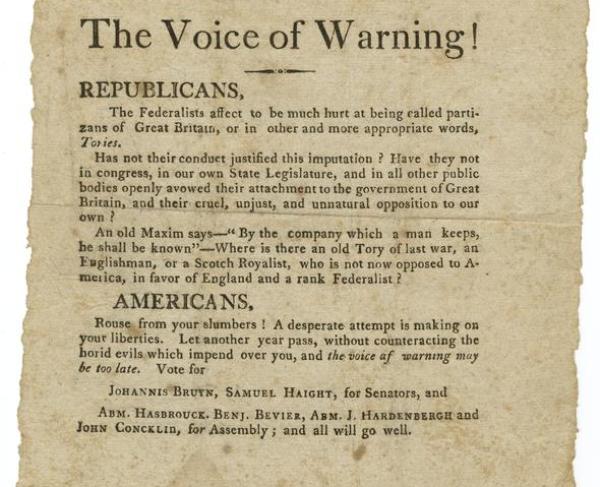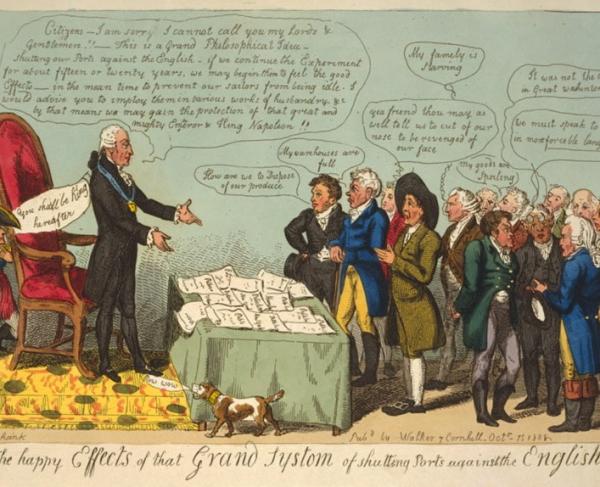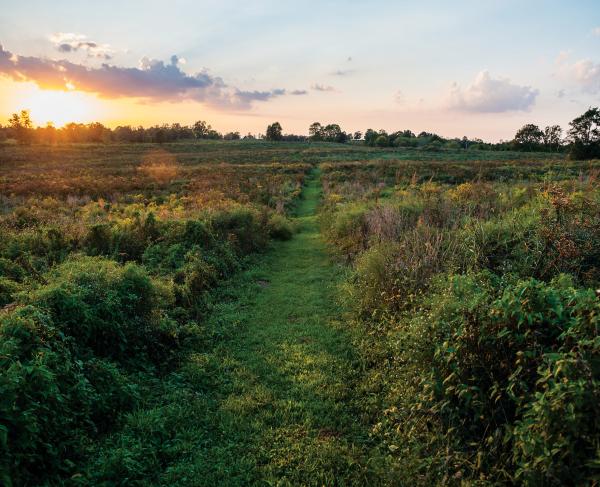Bunker Hill Battle Monument
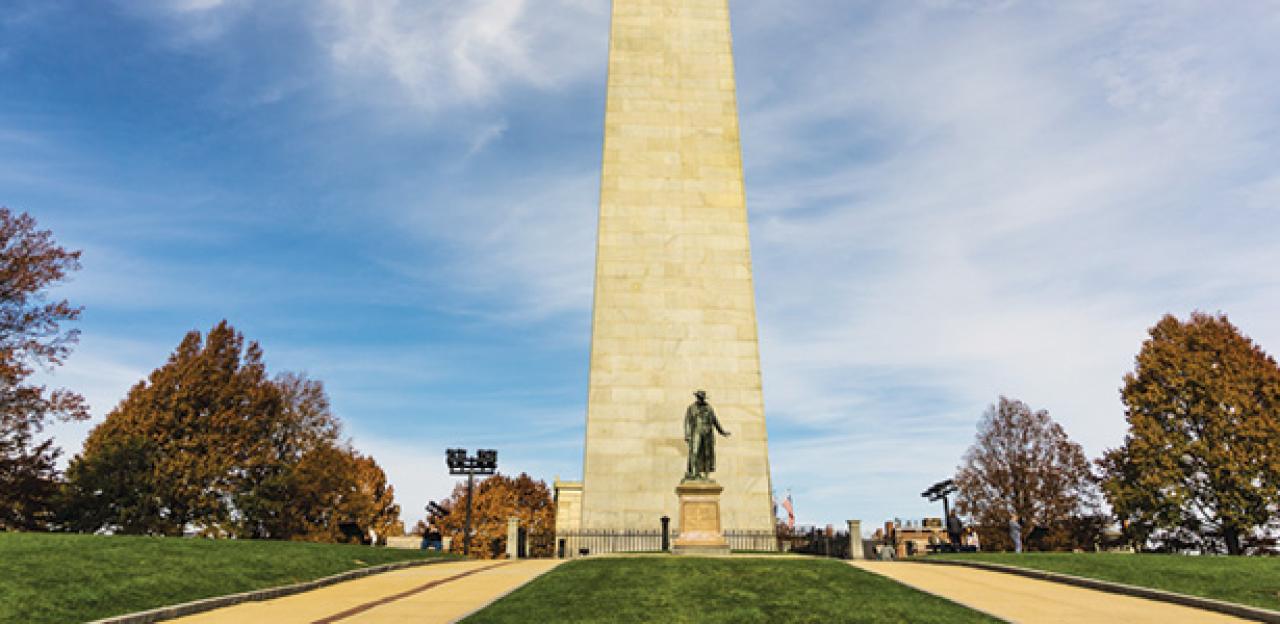
On June 17, 1775, approximately 1,500 rebellious American colonists defended a fortified redoubt on Breed’s Hill, outside Boston, against attacks by 2,400 British soldiers. The colonists held their ground and inflicted heavy casualties on the British until their gunpowder ran low and they were forced to retreat. The battle, which became known as the Battle of Bunker Hill, was celebrated as proof that raw American militia could stand up against one of the best armies in the world.
In 1794, a lodge of Freemasons constructed an 18-foot wooden tower on Breed’s Hill, topped with an urn covered in gold. The tower was a memorial to Doctor Joseph Warren, a Mason and a famous commander of the militia who was killed in the battle. In 1823, prominent citizens in the Boston area came together to form the Bunker Hill Monument Association. They purchased 15 acres of land on Breed’s Hill and offered 100 dollars to the person who submitted the best design for a monument that would be constructed on the spot where the colonists built their redoubt. Horatio Greenough, just 22-years-old submitted the winning design: an Egyptian-style obelisk made of granite, inspired by the Lateran Obelisk in Rome.
The cornerstone for the monument was laid on June 17, 1825 – the 50th anniversary of the battle. It was laid by the Marquis de Lafayette, who was near the end of his 14-month tour of the United States. The event was attended by a crowd that included more than 200 surviving veterans of the Revolutionary War. The actual construction of the monument began in May of 1827. The 3,000 blocks of granite were carved out of a quarry in Quincy, Massachusetts, then carried on horse-drawn railway cars to the Neponset River. From there, barges ferried the granite to Breed’s Hill, where they were hauled into place by a system of ropes and pulleys. Building the monument was expensive, and the Association had to halt construction several times when its funds were depleted. To raise more money, the Monument Association sold off most of the land it owned on the hill, retaining only a few acres around the summit.
In 1840, a group of women led by Sarah Josepha Hale, proposed a way to raise the money that the Monument Association needed to finish the project. Hale and other women organized the Bunker Hill Monument Fair, a five-day women’s fair that was held in Faneuil Hall Market. Women from across New England and the eastern seaboard donated needlework crafts, pieces of art, fresh and preserved food, and other household goods which were sold at the Monument Fair. Sales of tickets to the Fair and the proceeds from the sales raised over $30,000, which covered a quarter of the remaining construction costs. Private donations supplied the rest of the necessary funding, and the monument was finally completed in July 1842. When the capstone was installed, a 26-gun salute (one shot for every state in the United States at that time) was fired to mark the end of construction.
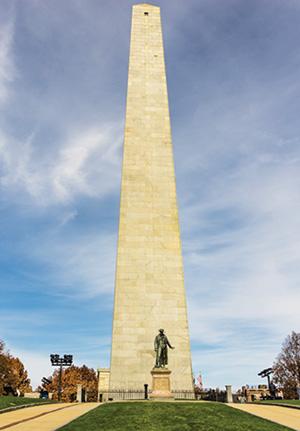
When it was finished, the obelisk measured 221 feet tall and weighed 7,000 tons. The total cost of building the monument was around $120,000, or $3.6 million today. 294 steps led up the inside of the tower to a chamber at its top, where two cannons, nicknamed “The Adams” and “The Hancock,” were installed. These cannons had been smuggled out of Boston in 1775 and hidden at James Barrett’s farm near Concord, then used by the Continental Army throughout the war. Both cannons have since been removed and put on display elsewhere: “The Hancock” is currently on display at the North Bridge Visitor Center in Minute Man National Historical Park, while “The Adams” is now located in the Bunker Hill Lodge near the Monument. The Lodge was built at the beginning of the 1900s, to house a statue of Doctor Joseph Warren that was commissioned in the 1850s. Standing in front of the Monument is a statue of Colonel William Prescott, another militia leader who is reputed to have told his men, “Do not fire until you see the whites of their eyes.”
The Bunker Hill Monument was officially opened on June 17, 1843. At least 13 surviving veterans of the battle attended the ceremony, along with a crowd of over 100,000. The monument was the tallest structure in the country when it was completed, and held that title until the construction of the Washington Monument in 1880. In 1919, the Bunker Hill Monument Association turned the monument and grounds over to the Commonwealth of Massachusetts. It became a National Historic Landmark in 1961 and it was added to the National Register of Historic Places in 1966. In 1975, the state handed the site over to the federal government. The monument is now a unit of Boston National Historical Park.

